What is Cross Channel Marketing, and How does it Improve Marketing ROI
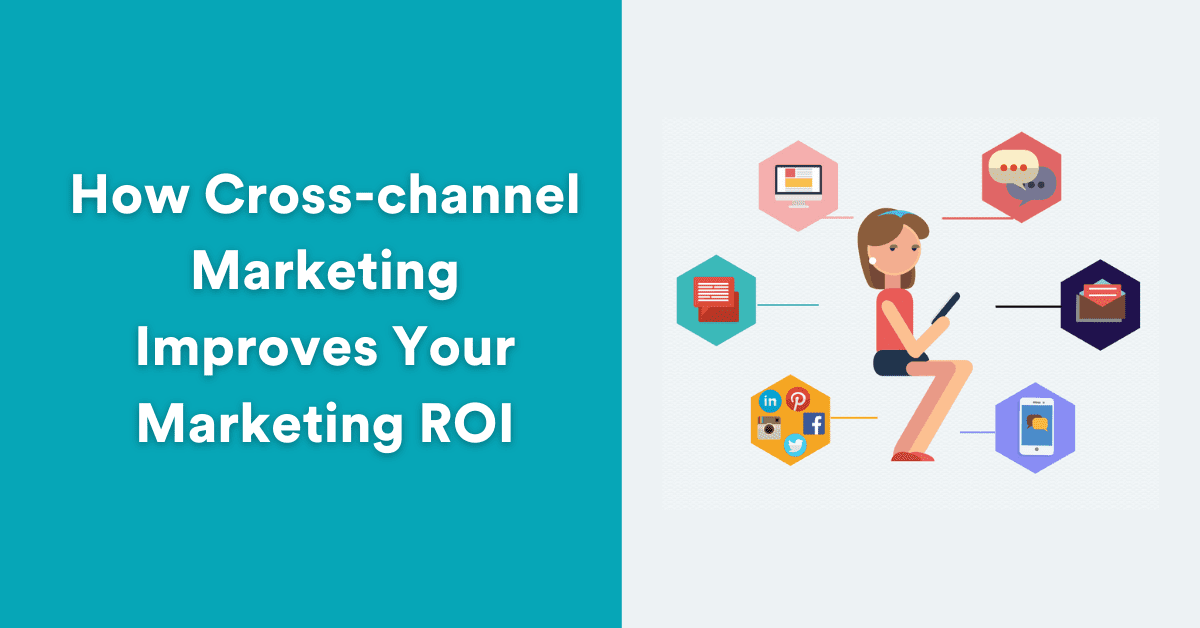
Reading Time: 7 minutes
There are many channels in the marketplace through which you can reach out to customers.
Marketers have various channels to engage their customers, from billions of users on social media to the thousands that view outdoor ads. Marketing strategies developed on solid execution often rely on cross-channel marketing.
What is Cross Channel Marketing Strategy?
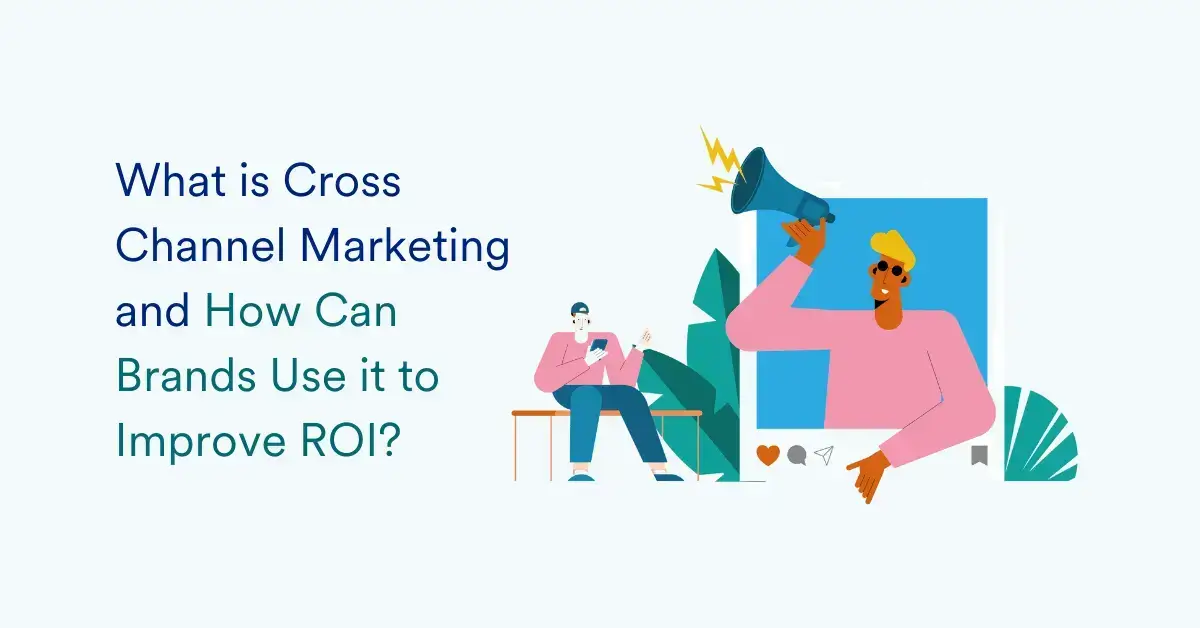
Today, customers expect a cohesive journey across channels. In cross channel marketing, brands and businesses use a variety of channels to send a connected message to the customer to provide a seamless experience across the customer journey.
For example, a DTC brand’s cross channel marketing campaign will include sending messages on abandoned carts via email and Whatsapp.
Cross Channel Campaigns V/S Traditional Marketing Approach
Marketers today prefer to engage with customers across all channels. This is even more true for bigger brands that market across various consumer spaces. CMOs of umbrella brands rely on mastering the marketing channels available to them. This is where cross-channel marketing comes in.
Personalization, Consumer Intent, and Shifting Trends
Consumers are looking to brands for increased personalization.
According to Google, 78% of holiday shoppers turn to online mediums for research. They look for information to help them plan their shopping, shortlist options, and make purchase decisions. As brands reach out to consumers across channels, the key is to offer an integrated brand experience across the customer’s journey.
For example, a customer may view your newspaper ad and visit your brand’s social media handle. From there, she might visit your store and chat with a customer service agent. The agent may offer her a deal right there, and she might complete the purchase.
Data from Wharton School suggests that 2/3rds shoppers use more than one channel to make their purchase decisions. Holiday season trends show that a cross-channel marketing mechanism works best. Here are three things to remember as you put in place a cross-channel marketing strategy for your brand:
- Consistency is Key in Cross-channel Marketing Strategy: While it is important to grow marketing ROI, you must also ensure that you offer a consistent experience across channels. This includes brand principles, content strategies, and communication voice/tone. Customers expect a consistent experience as they go from email to search. 60% of millennials expect brands to remain consistent across all marketing channels.
See how Lifestyle Group, one of the largest retail chains in the Asian region, achieves consistent communication across channels.
- Optimizing the Marketing Funnel for Better ROI: For many marketers, the marketing funnel is key to better ROI. Cross-channel marketing can help you optimize the funnel with contextual messaging. Real-time marketing helps build a seamless customer experience as they move from a channel to another. You can also retarget your customers effectively across channels.
For example, when you set up retargeting campaigns to reach your website drop-offs, include social media and email. This multi-touchpoint strategy will help you optimize your marketing efforts and grow optimize conversions.
1Weather, a top-rated U.S. weather app, scales mobile engagement by 3X – here’s what they changed.
- Measuring the Results in Multichannel Marketing Attribution: There are various ways to measure the impact of cross-channel marketing. Many marketers prefer first-touch attribution as the ultimate marketing strategy to measure success. Yet, this approach might be less effective in today’s cross-channel world. You are less likely to measure the impact of a push notification as equitably as a CRM communications agent.
Future Group, one of India’s biggest retail chains, tracks attribution across different campaigns.
| 🔍 Bonus read: |
Benefits of Cross-Channel Campaigns
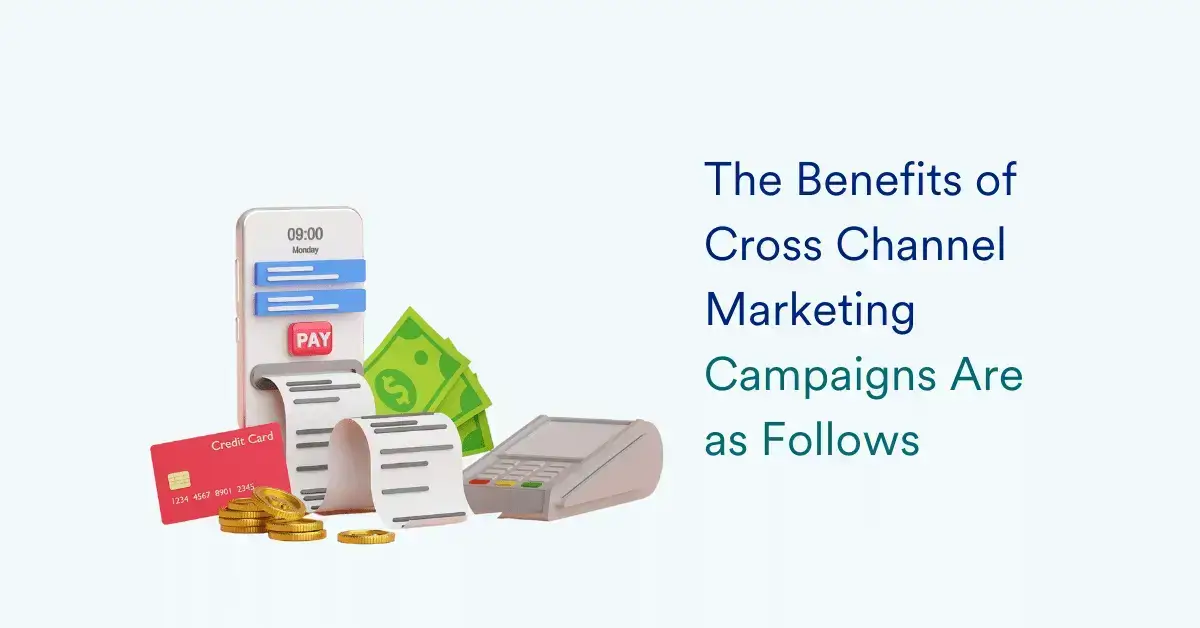
Cross channel marketing provides a comprehensive, personalized experience to your customer across multiple channels. A cross channel marketing strategy ensures that customers in each track have the opportunity, time, and freedom needed for a seamless and comprehensive experience.
Increased Brand Awareness
As its name implies, the cross-channel marketing approach allows brands to reach customers across all marketing channels, including email, web, brick-and-mortar, apps, and social media.
For example, a brand can schedule email marketing campaigns that offer a discount on your purchase at a physical store. And you can also use a landing page that prompts visitors directly into a conversation.
Unified Customer Data
The backbone of any successful cross-channel marketing strategy is having all your leads within the same data center. A single, central server that stores customer data will help you to centralize your leads for easier communications. You also don’t have to worry about how or when your customers interact with you; they’ll be in sync from wherever they are in a data center.
Greater Customer Loyalty
The key to a seamless transition of customer loyalty is to provide a comprehensive product experience from the start. A cross-channel approach allows you to create an immersive online experience that encourages engagement and helps you to build customer loyalty.
Increased Engagement
The right cross channel marketing strategy helps to break silos, unify your brand messaging and eventually engage.
However, it is important not to oversell or overpromise your audience; instead, offer personalized messages in your cross channel campaign and use technology and social media interactions as a means of communication. For example, a cross-channel strategy might include LinkedIn marketing communications encouraging users to sign up on a landing page.
Increased Customer Insights
If your digital marketing strategy includes multi-channel marketing, it translates into delivering personalized customer experiences via a marketing automation platform.
This means that marketing teams now have greater access to customer data to provide a consistent customer journey across all channels.
How to Form a Well-Formed Cross Channel Marketing Campaign?
It would help if you took care of multiple channels with a cross-channel marketing approach. The first step to a coherent, well-conceived cross-channel process is to create a clear roadmap of what each channel will achieve, how they work together, what customers in each channel expect, and how they interact.
A clear roadmap of each channel’s role allows you to create the ideal buying experience journey. You can use the roadmap and cross-channel approaches to form a seamless marketing funnel from one to another channel.
A good practice for any marketing approach is documenting your approach from the start to the final payment. You can document your marketing approach using different channels to form a clear roadmap that helps to personalize your approach for each channel.
Examples of Popular Cross Channel Campaigns
Heineken

In its Destination Roulette campaign, Heineken targeted display ads with spinning wheels (of course, with a twist) at various strategic airports. The condition, if they do win the all-expenses-paid trip, the customers had to leave there and then!
To promote this unique campaign, Heineken employed many multichannel marketing tactics, including creating interactive videos and promoting them across social media and web platforms.
Rebecca Minkoff

Rebecca Minkoff, the avant-garde fashion designer, employed cross channel marketing strategy to enhance customer experience and maximize sales.
The marketing team used cross channel marketing strategy to connect various channels and even integrate their offline channels (like in-store) and online shopping experiences.
Since shoppers always preferred browsing products online (and buying online if the product was unavailable at a store), Rebecca Minkoff’s marketing teams added huge interactive screens where shoppers could browse, shop, and even save their chosen products.
Challenges in Cross Channel Marketing Strategy

You must understand your customers better to apply the cross-channel marketing strategy effectively. You need to know how they interact, so you can use the cross-channel approach to build personalized messages that are relevant to them.
However, the better you know your customers, the harder it becomes to apply an effective multi-channel marketing approach. For example, suppose you only know your customers as an email address you regularly send them marketing emails. In that case, you will have difficulty building an engaging and coherent experience in Whatsapp per se.
On top of that, the cross-channel approach requires measuring and monitoring your emails. It also requires using an email marketing service (such as MailChimp, SendinBlue, Mailmondo, or even MoEngage) that can manage your emails. Finally, it requires the right technology, such as an insights-led customer engagement platform which will help with the various marketing efforts required across these marketing channels.
How Does MoEngage Help with Cross Channel Marketing Campaigns?
Help Understand Your Customer Journey
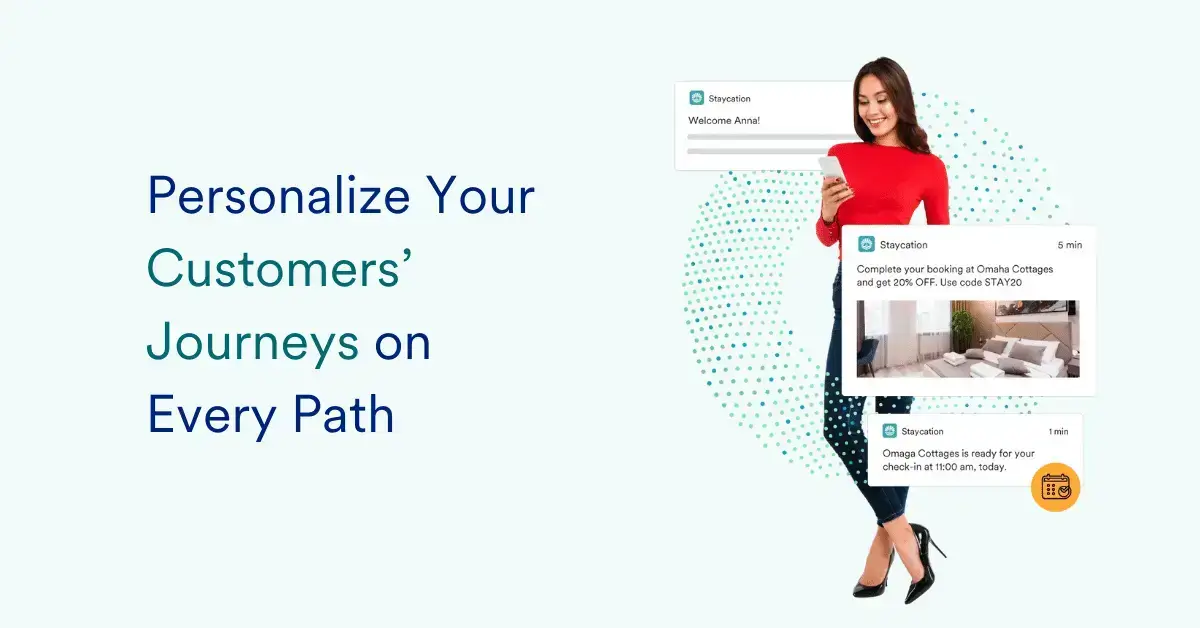
Creating seamless experiences is challenging. A single channel takes you from a first impression to the entire journey, and each interaction is different. To help, a cross-channel journey approach provides a comprehensive view of your customer journey. This enables you to understand what customers say, when, and why it matters for future campaigns.
Create Customer Segments
You can easily create customer segments from the dashboard. The segmentation feature in MoEngage enables you to divide your users based on attributes and behaviors and then automate your marketing efforts with Flows.
In MoEngage, you can create Dynamic Segments, Static Segments, and Custom and Live Segments depending on your cross channel marketing strategy.
Bonus content
Develop Deep Insights into Your Target Audience
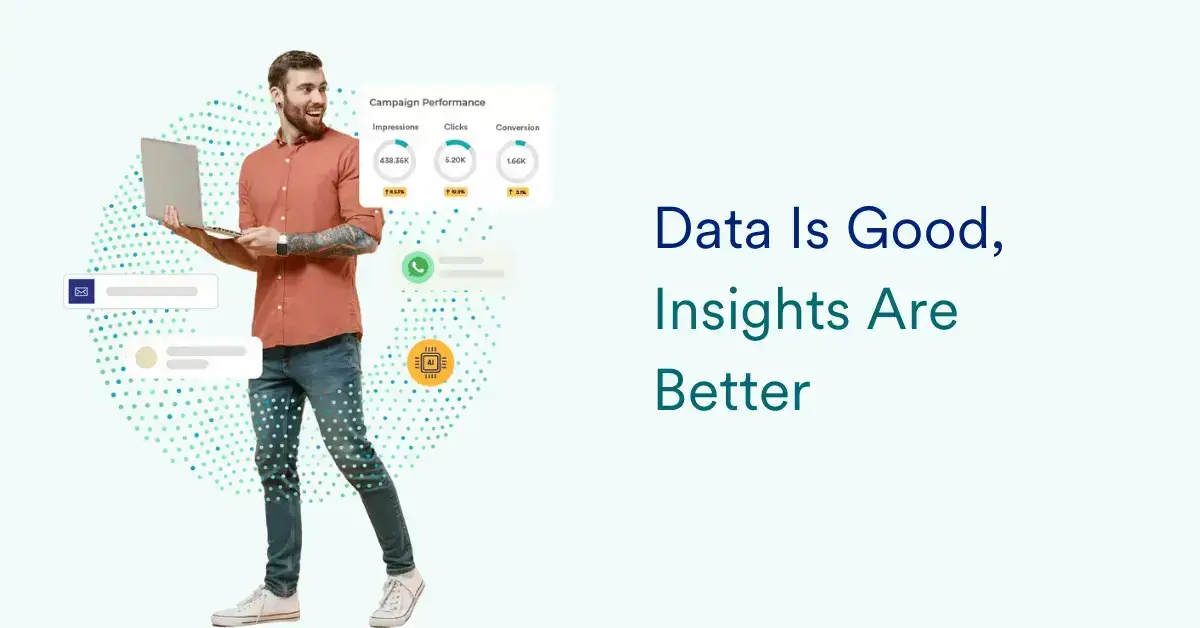
MoEngage provides behavioral analytics data that you can use to track, compare, and analyze marketing efforts. You can also use this customer data to uncover insights and hidden opportunities.
Since cross channel marketing requires insights to build seamless customer journeys across channels, MoEngage also provides predictive insights to help eliminate all friction points and optimize your conversions across all channels.
What Does the Future of Cross Channel Marketing Campaigns Look Like?
Cross-channel marketing is one of the most important strategies in multi-channel customer experience. Customers today have access to brands through multiple channels such as email, web, mobile apps, call centers, online and offline stores, and more.
A cross-channel marketing strategy helps brands understand their customers better and respond to changing demands. It provides a seamless experience across channels and ensures customers clearly understand the brand.
A cross-channel campaign allows brands to understand how they can improve their brand experience as the customer moves from one channel to another. This “interaction” can help to understand patterns that help to personalize and improve the experience. It can also help to understand trends so that brands can react quickly.
Get Started with Cross-channel Marketing
AI-powered cross-channel platforms like MoEngage can help grow your ROI. They help you plan, execute, and measure your marketing campaigns better. Leverage data to give your customers the right information at the right time.














